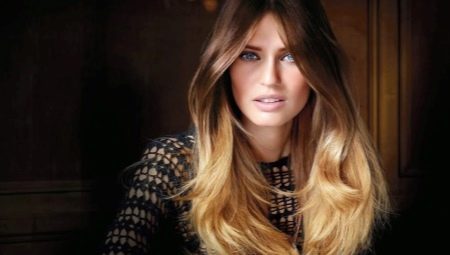When the service “color stretching” appeared everywhere in hairdressing and beauty salons, a huge number of women exhaled with relief. It is not necessary to tint the roots every month, which by no means always even after painting merge with the color of the bulk of the hair. Everything has become simpler, because now the favorite is color unevenness, when the shade brightens from dark roots to the very tips.
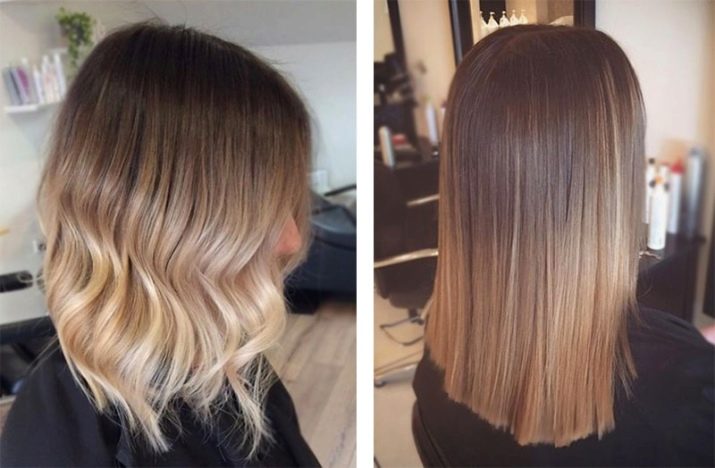
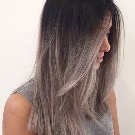
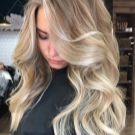
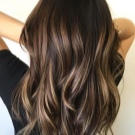
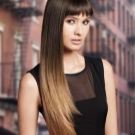
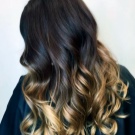
What is it like?
Stretching (or stretching the color on the hair) is a now popular dyeing technique in which a smooth transition is made from darker shades at the roots to light at the ends. For the base, the master in most cases takes the natural color of the hair. The specialist departs from the point of hair growth from 3 to 10 cm, and then begins a smooth transition. All well-known and fashionable techniques - ombre, sombre, shatush - can be attributed to the methods of drawing colors.
They are called differently, because there are technological nuances, but the principle is the same - to make a smooth color transition that will look as natural as possible.
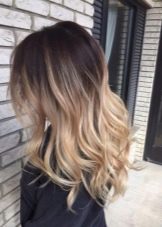
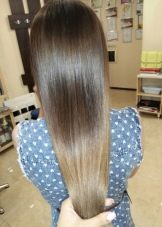
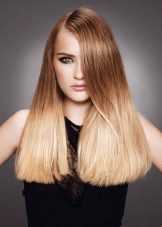
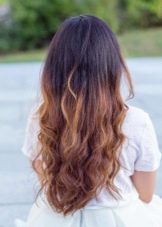
Most stretching techniques involve complex dyeing of dark hair. It is interesting that previously dark overgrown roots were considered to be bad manners, now with a softer and more technically perfect supply of the transition from a natural root to a light mass, the same unpainted roots look well-groomed and relevant.
Certainly the most beautiful example is stretching on straight long hair. Such coloring allows you to demonstrate the beauty of a complex transition. But even if your hair is short, this does not mean that you can cope with stretching the color of the house yourself. The procedure is not easy, not even every master takes it.
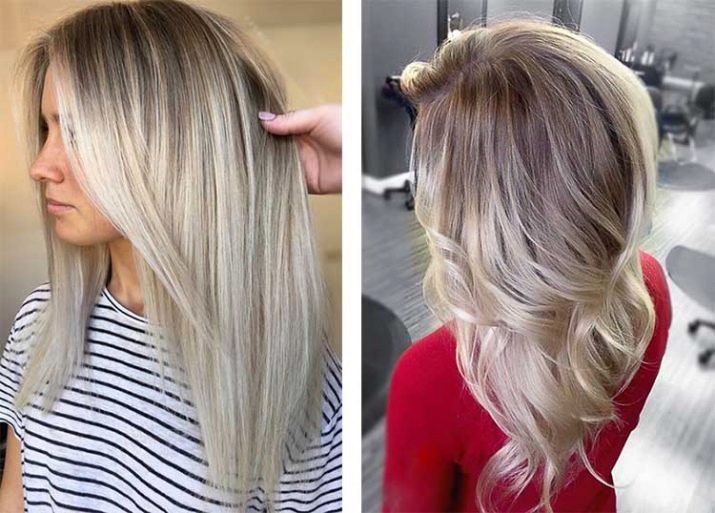
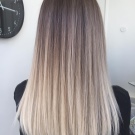
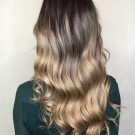
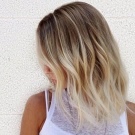
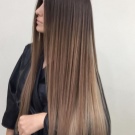
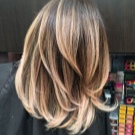
Advantages and disadvantages
Any coloring is a matter of taste. Someone is following the fashion, afraid to skip the next trend, so it is decided to stretch without question. Someone understands that the fashion for such coloring will pass, but I want to be faithful to my style.
It’s up to you, but consider an important point - if you are going to grow a natural color, stretching can be a salvation.
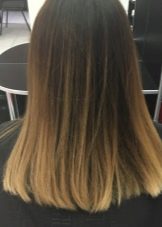
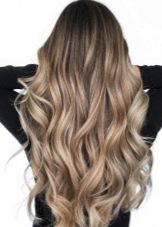

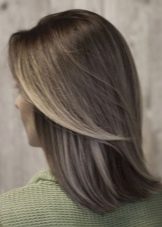
It is worth noting the main advantages of the technology.
- Naturalness. When the color stretches from the roots to the tips, the transition (gradient) is smooth and soft. The hairstyle looks organic and natural. You can not even compare the effect of stretching with coloring or highlighting. With a good job, the master will get the most natural transition, beautiful and combined with the features of the client’s appearance.
- The ability not to touch the "root" hair. If you want to grow your color or just “try it on” (grow a little to assess the quality of the image), stretching will be the best option. The master makes the transition, the roots remain natural. The coming months, you can not worry about their color.
- The effect of burnt strands. In some women, in the summer, hair seriously burns out, and it is at the ends. And although this is actually not the healthiest way of transformation, many beauties would gladly agree to such a natural stretch. It is beautiful and often young, refreshing. The technology allows to achieve the same effect, but not only for the period of the summer season.
- Respect for curls. The master preserves the natural root, and for clarification selects the most soft dyes. They are not always super resistant, but hair trauma can be avoided.
- Visual volume. Due to the color transition, the hair appears thicker and more voluminous. Hairstyle looks more dynamic.



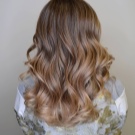
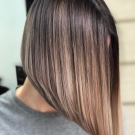
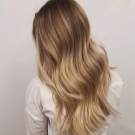
And now for the shortcomings. They are very subjective, arbitrary, for some they may be significant, but not for everyone. Whatever it is called, this is coloring. Natural hair is chemically exposed. If the natural color is no longer there, the hair is dyed again. It is always an injury. Just with a soft dye, it will be negligible.
The next moment - the fashion has passed, I'm tired, I want everything back. And this happens, especially with those who decided to transform natural hair. And repainting curls is much more difficult than shaving. Therefore, before deciding to stretch, think carefully. Finally, it is worth focusing on the complexity of the procedure. If it is performed by a novice or non-specialist, the result may be far from what was expected.
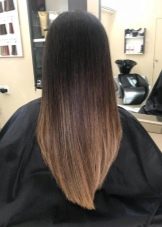
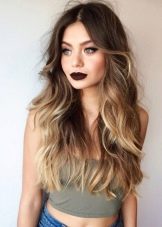

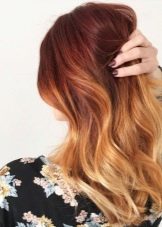
Types of Technician
Let us dwell on the popular techniques.
- Ombre - This is the most popular variation of stretch marks, which has become a classic. Hair is dyed in two shades: as dark as possible at the roots and light at the ends. The transition from light to dark is as smooth as possible. There is practically no horizontal transition line, but the contrast of colors is preserved.
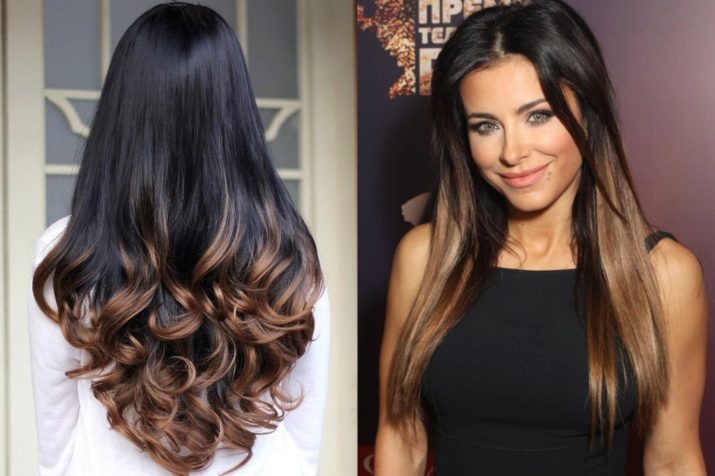
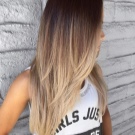

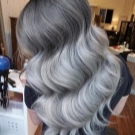
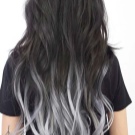
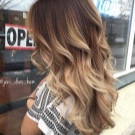
- Sombre - This method involves the creation of subtle highlights on the hair. The roots are 1–2 tones darker than the main length; the transition is practically not noticeable.
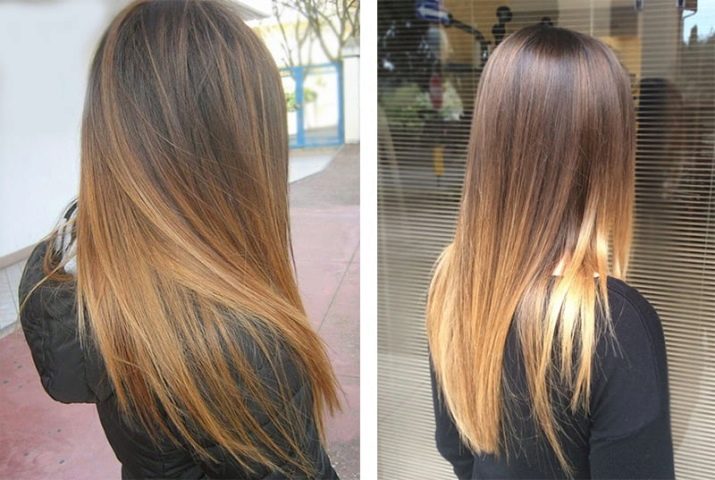
When the shuttle woman, also a very popular technique, the master concentrates on individual strands, dyes them with shading. Indentation from the roots is required. The technique also helps to place solar glare on curls.
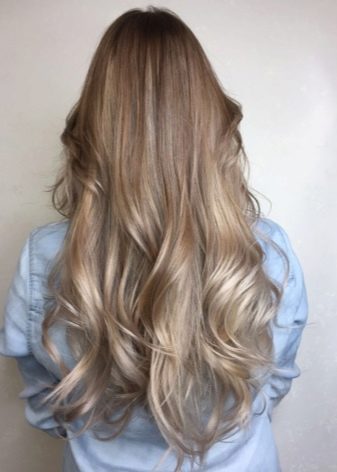
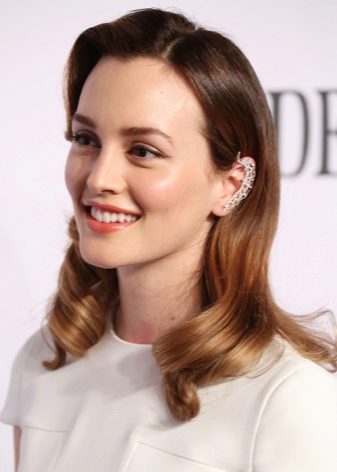
- Another interesting technique is called hut. She perfectly copes with giving brightness and depth to her hair. It turns out a soft transition from the native color to the artificial one in a vertical solution. The tips should be painted 3-4 tones lighter than the root part.
There is also a variation of this technique called flamboyage.For highlighting in this case, a special adhesive tape is used. The separation between the locks is isolated, the color transition also becomes smooth.
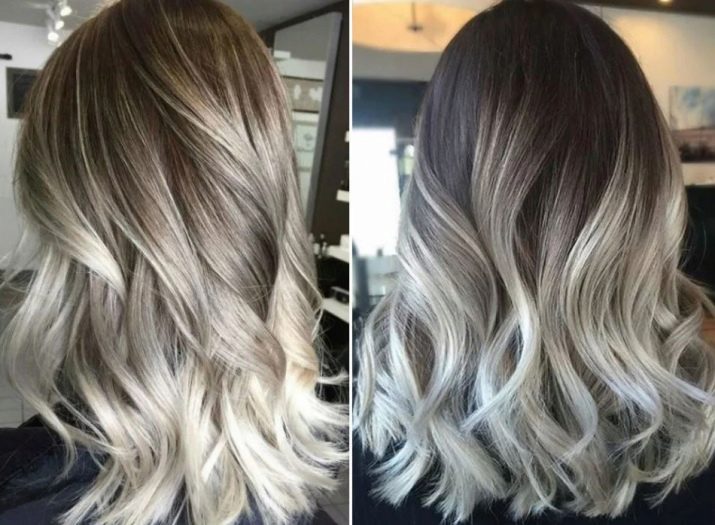
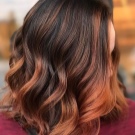
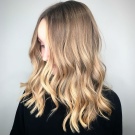

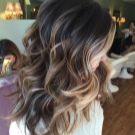
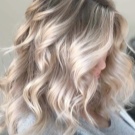
- Many experts pay attention to clients overflow - Perhaps the softest of the color constrictions. It is called the highlighting option, only soft and gentle in relation to hair.
Overflow looks especially beautiful on fair-haired brown hair with ashen-colored tips.
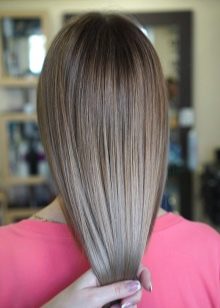
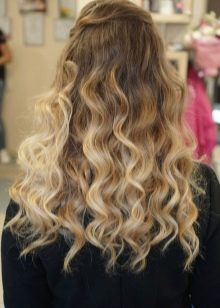

- For those who do not like half measures, staining such as degrade - color transitions in it are quite clear and contrasting, but in some cases it looks elegant and bright. Rather, this technique is suitable for women with dark, very thick and heavy hair.
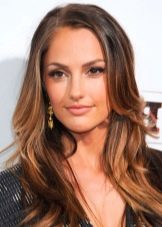
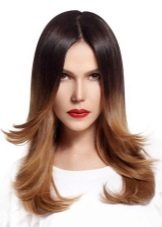

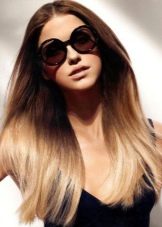
Important! Before you go to the master, clearly determine the color that will be accented on the hair. Due to the annoying error in tone, saturation, temperature, the reaction to a new hairstyle will be the opposite.
Color selection
Be sure to take into account the natural data - keep the main reference point for your color type. Natural hair color, eye iris color and skin tone are taken into account. It is worthwhile to dwell on the selection of colors.
- Blondes They can count on any shades of blond, except for the lightest. With white, the transition is rarely smooth, in exceptional cases it looks organically. You can also deviate towards cold blond, ashy, wheat, straw.
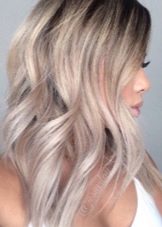
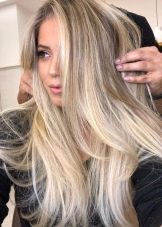
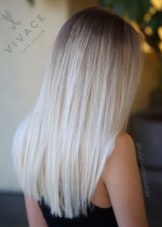
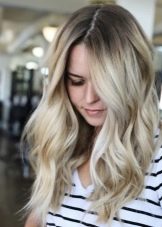
- Fair-haired. These representatives can safely turn to such shades as caramel brown, mocha, chocolate, copper, amber. At the base of the roots, the master can replace an inexpressive natural color (or, for example, a color with a noticeable gray hair) with a warm chocolate or coffee shade and stretch the color to copper, wheat, red, gold, red.
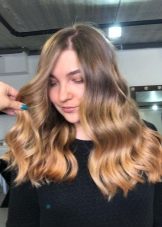
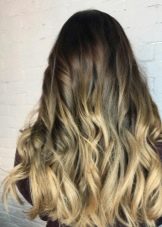
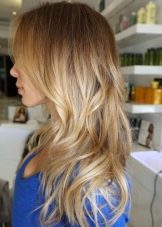
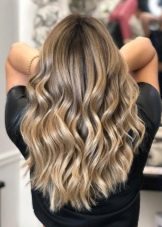
- Brunettes. There are several options here, but more often clients resort to brown-chestnut tones, chocolate, cinnamon. Sometimes from black comes a stretch of color to a fashionable bright ashy shade.


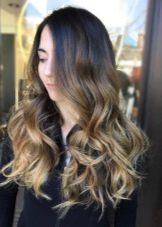

Important! Prior consultation with the colorist is required. Perhaps the master will cut off your ideas and tell you a more successful option, organic for appearance.
Coloring according to the length of curls
Stretching on short hair is the most unfortunate option. Simply put, the master has nowhere to play, the transition will be either inconspicuous or ridiculous. If short hair with bangs, it is worthwhile to find a different way of coloring or at least grow curls to the length of a square.
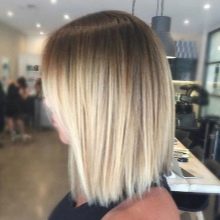
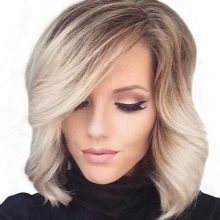
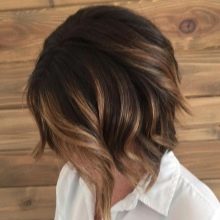
Short
If you grow a short haircut, the hair has grown in order, it is difficult to normal styling, stretching the color will help to distract attention from the growing hair. But it will be conditional, not as bright as with full stretching. There are really few successful options. And it is explained simply.
If you darken the root zone by 1-2 cm, it will look messy. Need minimum spacing of 3 cm, and preferably 5-10 cm, so that the stretch can really prove itself. And even if complex coloring turns out, with a high probability you will have to do complex styling, curls, the effect of wet hair, so that the hairstyle looks fashionable and stylish. But it’s easier, of course, to grow hair up to a square.

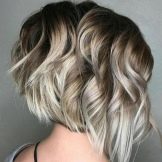
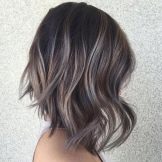

Middle length
A bob, bob, elongated bob to the shoulders is already a more suitable base for creating a gradient. An interesting look is the caret, reaching to the shoulders, on thick hair without bangs with amplification of the darkened part of the hair. This means that the master recedes the basal dark hair as much as possible, leaving the tips really short. But from brilliant work to failure is one step. And the shorter the hair, the more difficult it is for the master to work with the gradient.
Coloring in the case of medium-length hair begins along the line of the middle of the face - in this case, the hairstyle does not lose its harmony, the stretch will be expressive and complementary to the woman.
You should not choose very obvious color differences; dwell on soft stretch options.
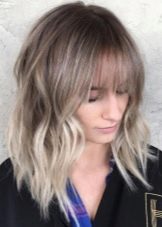
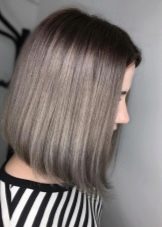
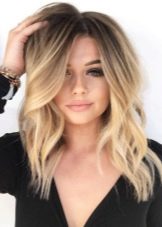

Long
Long straight hair is an ideal base for stretching. With curly, it's not so simple. If the curls are large or small, but persistent, clear, which are difficult to handle, the stretch may go unnoticed or look messy. Long straight hair below the shoulder blades without bangs is already a good option. But, of course, the condition of the hair, the reaction to the dye, the need to cut the ends, and so on, remain important initial data.
If the hair is painful and dry, the ends are split and break off, there can be no talk of stretching. First treatment, then staining and in no case not vice versa.


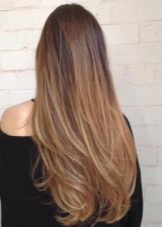
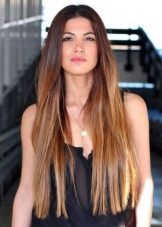
Execution technology
Risking a stretch at home is not a matter of courage, but recklessness. Even with some knowledge of the basics of coloristics, it is virtually impossible to make a stretch outside the cabin, without special equipment and certain experience. The disadvantages of coloring a house are as follows:
- you can not find harmonious combinations when choosing shades, for example, a cold tone is combined with a warm one, an obvious dissonance is obtained;
- illiterate discoloration may result in a color far from intended;
- ignorance of the basics of colorization can lead to unacceptable chemical reactions that will cause serious damage to hair;
- it is impossible to achieve a smooth transition of tone from tone to home without professional skills.
Important! How stretching is done depends on the particular technique chosen by the master and client.
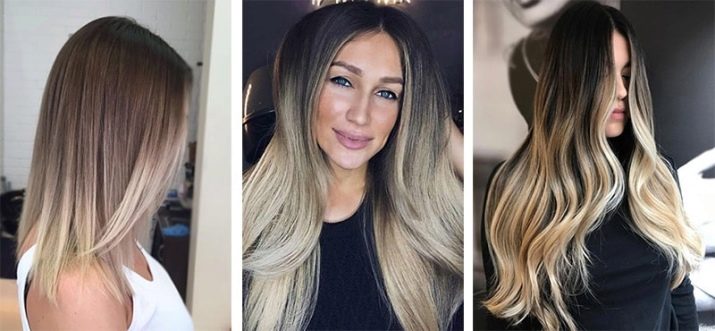
The main technological points of the procedure are as follows:
- hair cannot be washed before the procedure, so that the clarifier does not have an extremely negative effect on their structure;
- if a woman uses styling products every day, you can wash your hair the day before staining (be sure to tell the master about this);
- the oxidizing agent is chosen according to this principle - for fair hair 3%, if the hair is relatively fair, but more dense - 6%, for thick dark hair - 9-12%;
- when painting using the ombre technique, foil is used;
- the shatush technique requires preliminary combing of the hair or using a brush-brush, which is wetted in the dye;
- hair before dyeing is divided into zones;
- so that the stretch really turns out smooth and soft, you need to make a graduated hairstyle and profile the tips before dyeing.
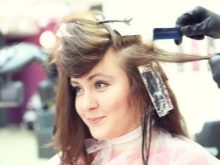
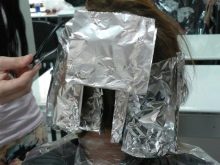
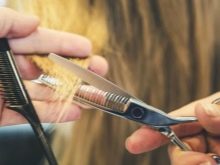
As an illustrative example, we can consider the essence of staining in the ombre technique, the most popular of the presented variations of color stretching. The following items will be required:
- dye with clarifier from the professional line;
- non-metallic container for diluting the mixture;
- convenient brush for painting;
- comb for uniform distribution of pigment;
- foil;
- hair clips / elastic bands.

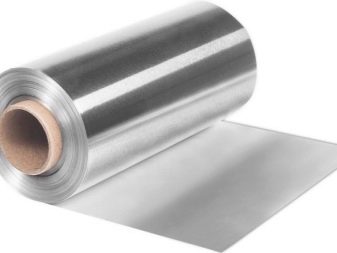
The scalp should be divided into zones: two lateral and one occipital region are distinguished. Strands are fixed with elastic bands. The composition diluted according to the instructions is distributed at the end of the hair with a brush. The tips are wrapped in foil or polyethylene. Exposure takes 20-30 minutes, depending on the tone you want to get. Then the transition itself is created - 5 cm recedes from the ends, and the composition is applied again, but with a subsequent exposure time of 10 minutes. Rinse the curls with shampoo using an air conditioner.
This is a simplified version, not focusing on the details of the painting. If you follow it, it seems that at home everything should work out. But with self-dyeing, even the most correct recommendations do not always work: stripes and dirty color spots form on the hair.
Complex procedures are the work of a professional who monitors the process, knows everything about color and can predict the result from the initial state of the hair.
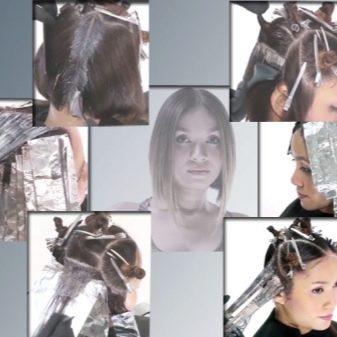
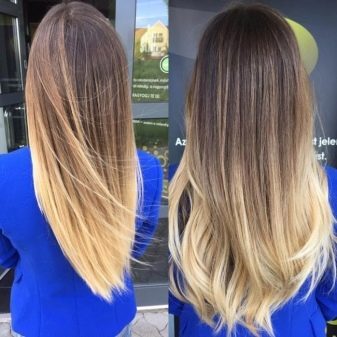
Further care
After dyeing, I want the updated hairstyle to remain as beautiful for as long as possible.But lightening, and this is not a secret for anyone, always harms the structure of the curl. Therefore, care should be systemic, regular and correct. It is worth sticking to a few recommendations.
- you need to wash your hair with a special shampoo for colored hair; it contains components that cover the scales of the hair and retain the dye in the hair shaft;
- it is very difficult to refuse a hair dryer, ironing and curling iron, but try to use them less often; thermal effect adversely affects the dye, which under the thermal influence leaves the hair even faster;
- do not abuse the styling tools, they also correlate with color fastness;
- once a week (but not earlier than 10-14 days after stretching) carry out rehabilitation therapy for hair; masks, mousses, balms and oil formulations do well with this function, but specifically use oils no more than once a month, they very quickly wash pigment from colored hair;
- never comb wet hair, this breaks them, because after dyeing, they are especially vulnerable;
- try to use a comb with a natural pile that does not injure the strands; watch the frequency of the comb;
- do not wash your hair every day, the faster you wean yourself from this, the better for hair and scalp; at first it will seem that the hair quickly becomes oily, it is impossible to walk so, but after a month and a half you will notice that they do not become greasy so quickly that the curls keep fresh longer and longer;
- cut the tips every 1.5–2 months; do not rush with the next staining, at least 3 months should elapse between the procedures.
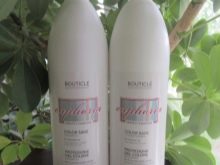
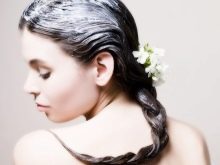
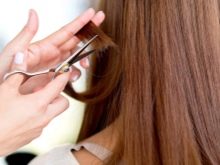
Many are interested in the question of what to do if the ombre is tired. In fact, not all ladies are ready to get used to the new image. To some, the newfangled streamers do not seem very elegant, to others the growing roots of a slightly different color are not rest. The easiest option is to cut off the bright ends. If it is impossible to completely remove the blond, they can be toned to the main color.
If you do not part with the length, but simply block everything dark (or, conversely, light), achieving uniformity will not be easy. Over time, the color will begin to wash off, you will have to paint more often, carry out a correction.
All this suggests that stretching the color is a serious step. Before you do it, consider all the options for transforming curls.
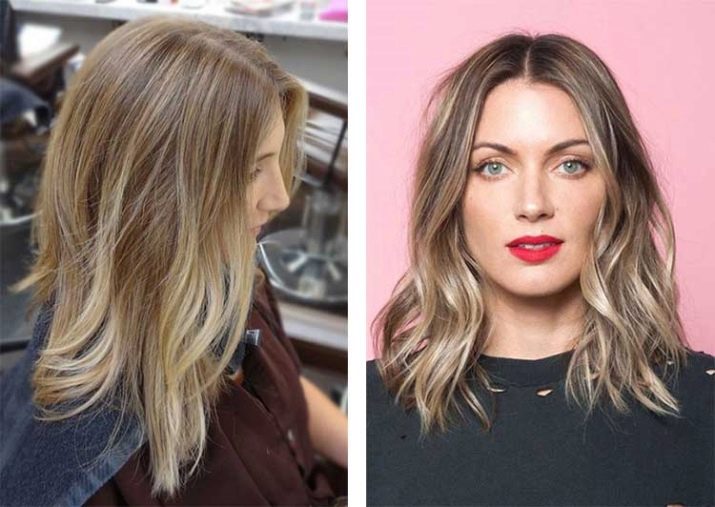
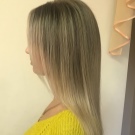


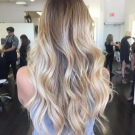
See how to make a stretch of color on your hair in the next video.
